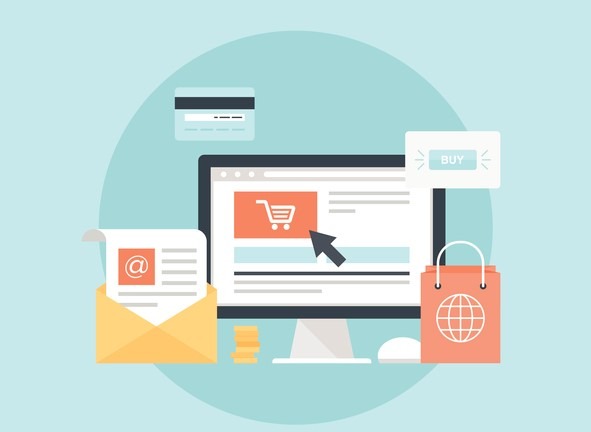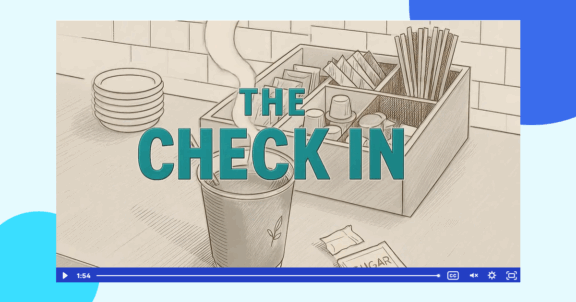No B2B transaction occurs in a vacuum. Buyers and suppliers must consider the history of their relationship, negotiated rates and payment terms, and the reputations of the companies working together. Every interaction — from negotiating contracts to making payment to extending credit — is connected, but the complexity of B2B commerce creates many opportunities for disjointed, friction-filled experiences on both sides.
Brandon Spear, president of global B2B payment and credit solutions provider TreviPay, said these negative experiences can be frequent, potentially jeopardizing the buyer-supplier relationship at a time when it’s becoming a more strategic component of B2B commerce than ever. A simple change in commerce channel is just one example of how a B2B transaction can quickly go awry if buyers and suppliers are not interconnecting their processes.
Spear told PYMNTS, “If you purchase from a retailer who has a B2B channel from their eCommerce platform, then walk into a physical store, or maybe you phone them to place an order — how does that seller still maintain their omnichannel solution for you so they know who you are, and interact with you the same way, whether you’re online or on the phone or in a physical store? That’s a challenge.”
Read the full article by PYMNTS to see what components build a successful omnichannel strategy.






